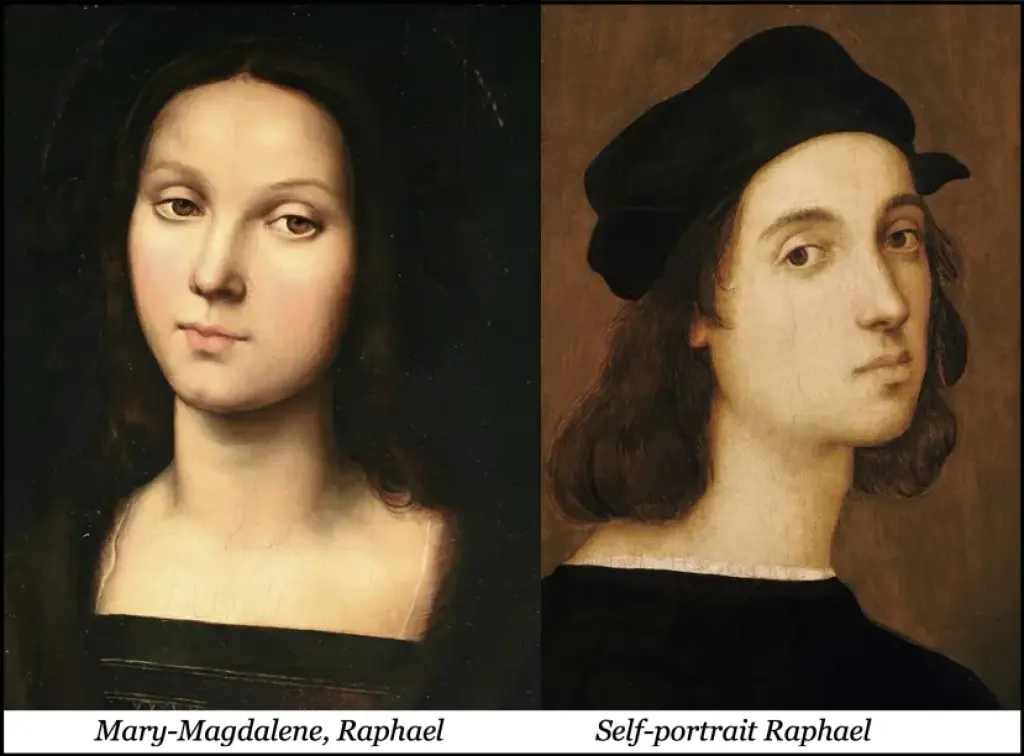Today marks the conclusion of a significant exhibition showcasing Raphael's lesser-known masterpiece, "Mary Magdalene," held at the Sacristy of the Basilica of Sainte-Marie-Madeleine in Saint-Maximin-la-Sainte-Baume, France. This exhibition, organized by the Department of Var and supported by the Ministry of Culture, has captivated art enthusiasts since its opening on April 20, 2024.
Background of the Artwork
The painting, measuring 46 cm x 34 cm, was initially acquired by a private French collector for $37,000 from a London auction house. It was originally attributed to Leonardo da Vinci's workshop but was later authenticated as a genuine work by Raphael, dating back to 1505. This attribution was made by Annalisa Di Maria, a UNESCO expert in Renaissance art, who utilized infrared analysis and other scientific methods to confirm its authenticity. Di Maria highlighted that the painting's unique characteristics, including intentional alterations known as repentances, distinguished it from copies and underscored Raphael's artistic signature
Exhibition Highlights
The exhibition attracted around fifty visitors daily, eager to witness this remarkable piece within the context of its historical significance. The basilica itself is renowned as a significant Christian pilgrimage site, believed to house the remains of Mary Magdalene. This connection added depth to the viewing experience, as visitors engaged not only with the artwork but also with its rich narrative tied to religious history1
Reception and Impact
Despite its acclaim, the painting's attribution has not been without controversy. Critics like Vittorio Sgarbi have dismissed the authentication as sensationalism rather than scholarly rigor. Nonetheless, many art historians and enthusiasts praised the exhibition for bringing renewed attention to Raphael's oeuvre and for challenging existing narratives about Renaissance art.
As the exhibition closes today, it leaves behind a legacy of intrigue and discussion about the complexities of art attribution and the enduring impact of Raphael's work. The proceeds from ticket sales are earmarked for restoration efforts at the basilica, ensuring that both the artwork and its historical setting continue to be preserved for future generations









